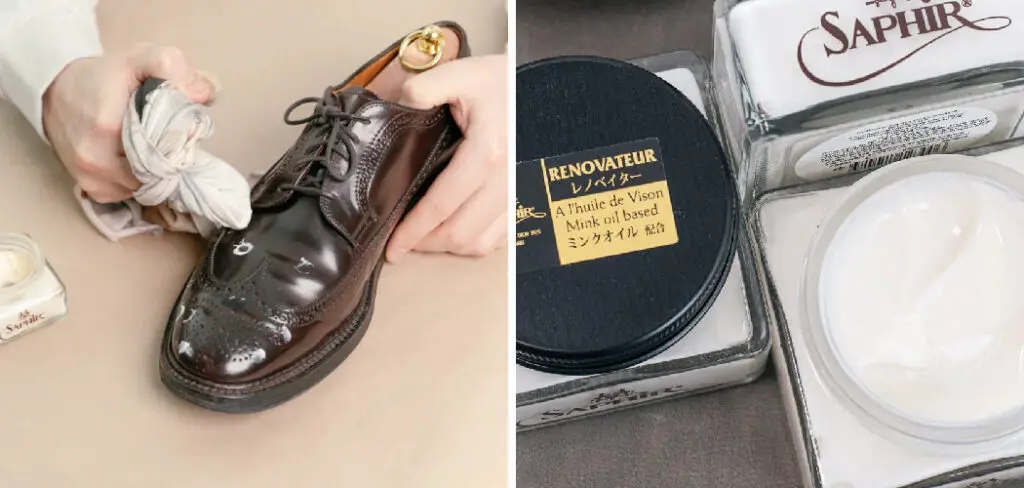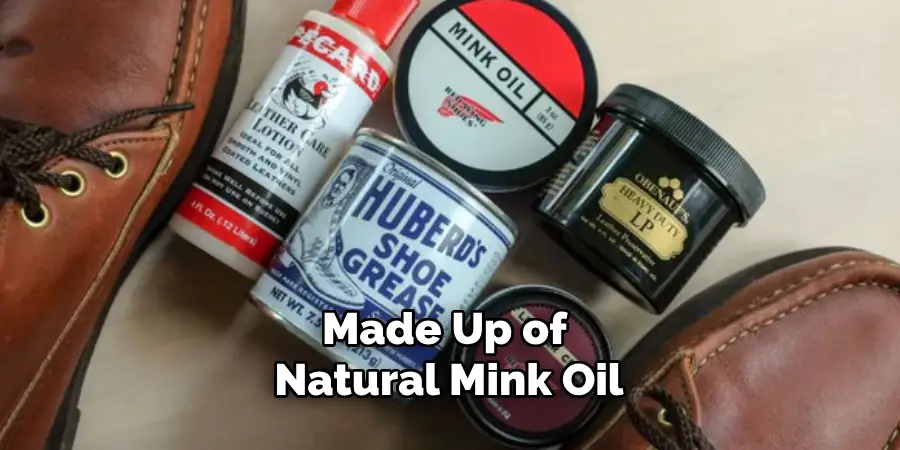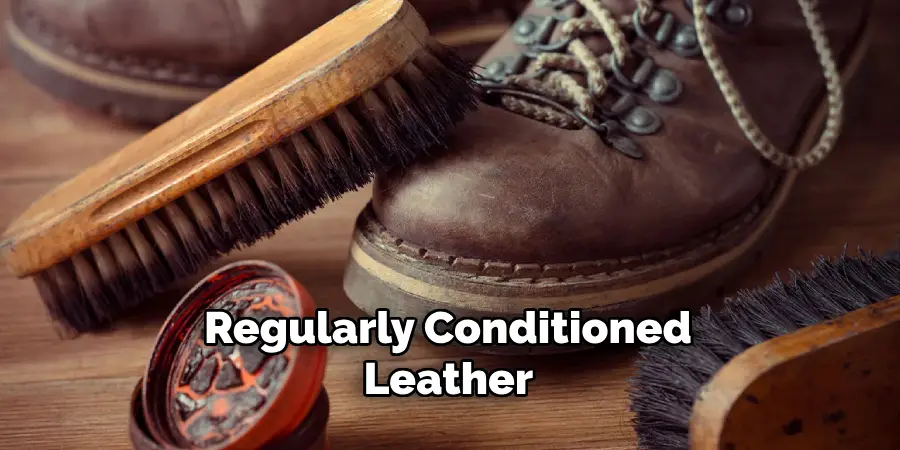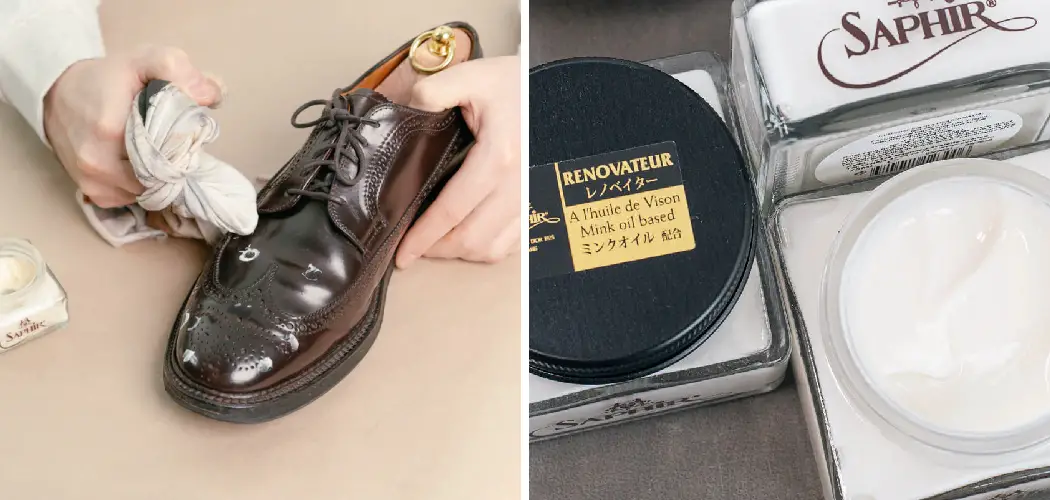Saphir Renovateur is a renowned leather care product celebrated for its ability to rejuvenate and nourish leather goods.

Whether you’re restoring the shine to your favorite leather shoes, reviving an aged handbag, or maintaining the elegance of a leather jacket, knowing how to use Saphir Renovateur effectively is key. This versatile product not only cleans but also conditions and protects leather, enhancing its durability and appearance.
In this guide, we’ll explore step-by-step instructions on applying Saphir Renovateur, from preparation and application techniques to buffing and achieving a polished finish. Whether you’re a leather enthusiast or a first-time user, mastering the art of using Saphir Renovateur ensures your leather items remain supple, lustrous, and resilient against daily wear and tear.
Importance of Saphir Renovateur
The significance of Saphir Renovateur in leather care cannot be overstated. This premium leather conditioner excels in preserving the integrity and enhancing the appearance of leather items. Unlike many other products on the market, Saphir Renovateur is formulated with natural ingredients, ensuring that it nourishes leather without the use of harmful chemicals.
Its unique blend helps in maintaining the original texture and color of leather, preventing it from drying out and cracking over time. The conditioning properties of Saphir Renovateur not only refresh the leather but also create a protective layer that guards against moisture and stains.
Benefits of Using Saphir Renovateur
Using Saphir Renovateur offers numerous benefits for maintaining and preserving your leather goods. One of the primary advantages is its ability to deeply nourish and hydrate the leather, preventing it from drying out and becoming brittle.
This results in leather that remains supple and resilient, capable of withstanding daily wear and tear. Additionally, the product’s unique formulation helps restore the original sheen and color of the leather, making it look revitalized and vibrant.
Saphir Renovateur also forms a protective barrier on the leather surface, which guards against water, stains, and other potential damage. Moreover, because it is made with natural ingredients, the product is gentle and safe to use on even the most delicate leather items.
Understanding Saphir Renovateur
To truly appreciate the impact of Saphir Renovateur, it’s important to understand its composition and how it works.

This renowned leather conditioner is primarily made up of natural mink oil, lanolin, and beeswax. Mink oil is celebrated for its deeply penetrating moisturizing properties, which rejuvenate leather fibers from within. Lanolin, on the other hand, softens the leather, maintaining its suppleness and preventing it from becoming brittle.
Beeswax provides a protective finish that shields the leather from external elements such as moisture, dust, and minor abrasions. When these ingredients work together, they restore the leather’s natural sheen and resilience.
Regular use of Saphir Renovateur ensures that leather items not only look their best but also maintain their structural integrity over time.
10 Methods How to Use Saphir Renovateur
1. Understanding Saphir Renovateur
Saphir Renovateur is a versatile leather care product formulated with a blend of mink oil, shea butter, and other natural waxes. It is designed to clean, condition, and rejuvenate leather, restoring its suppleness and enhancing its natural shine without altering its original patina. Suitable for use on smooth leather goods including shoes, boots, bags, and furniture, Saphir Renovateur helps protect against drying, cracking, and premature aging.
2. Preparing the Leather Surface
Before applying Saphir Renovateur, ensure the leather surface is clean and free from dust, dirt, and previous layers of polish or wax. Use a soft-bristled brush or a damp cloth to gently remove any surface debris and allow the leather to dry completely. Avoid using harsh chemicals or cleaners that may damage the leather’s finish.
3. Applying Saphir Renovateur
To apply Saphir Renovateur, start by shaking the bottle to mix the ingredients thoroughly. Squeeze a small amount of the product onto a clean, soft cloth or applicator pad. Work the Renovateur into the leather using circular motions, ensuring even coverage across the entire surface. Pay special attention to areas prone to dryness or cracking, such as creases and seams.
4. Massaging and Conditioning
As you apply Saphir Renovateur, gently massage the product into the leather to allow it to penetrate the pores effectively. The mink oil and shea butter blend helps nourish the leather fibers, replenishing lost oils and restoring flexibility. Continue massaging until the Renovateur is evenly distributed and begins to absorb into the leather.

5. Allowing Drying Time
After applying Saphir Renovateur, allow the leather goods to dry naturally for about 5 to 10 minutes. During this time, the conditioner will begin to penetrate the leather, moisturizing and revitalizing the surface. Avoid exposing treated leather to direct sunlight or heat sources, as this can cause drying and potential damage.
6. Buffing and Polishing
Once the drying period is complete, use a clean, dry cloth or a horsehair brush to buff the leather surface gently. This step helps remove any excess Renovateur and enhances the leather’s natural shine. Use light pressure and smooth, circular motions to achieve a polished finish.
7. Repeating as Needed
For heavily worn or dry leather, repeat the application of Saphir Renovateur as needed to achieve optimal conditioning and restoration. Allow each layer to dry completely before applying subsequent coats to avoid over-saturation. Regular use of Renovateur helps maintain the leather’s elasticity and prolong its lifespan.
8. Spot Treatment for Stains
If your leather goods have stubborn stains or discolorations, apply Saphir Renovateur directly to the affected areas using a targeted approach. Use a clean cloth or brush to gently work the conditioner into the stain, then allow it to sit for a few minutes before wiping away excess with a damp cloth. Repeat as necessary until the stain is lifted or minimized.
9. Conditioning Exotic Leathers
Saphir Renovateur is suitable for use on exotic leathers such as alligator, crocodile, and ostrich, which require specialized care to maintain their unique textures and finishes. Apply Renovateur sparingly to exotic leathers using a gentle touch, ensuring even distribution across scales or patterns. Use a soft brush or cloth to buff and polish the leather after conditioning.

10. Storage and Maintenance
After treating leather goods with Saphir Renovateur, store them in a cool, dry place away from direct sunlight and humidity.
Use a breathable storage bag or cotton cloth to protect leather items from dust and potential damage. Regularly inspect and recondition leather goods every few months to maintain their luster and durability over time.
Things to Consider When Using Saphir Renovateur
When incorporating Saphir Renovateur into your leather care routine, there are several important factors to keep in mind to ensure optimal results. First, always test the product on a small, inconspicuous area of the leather to check for any adverse reactions or color changes.

This is especially crucial for vintage or brightly colored leather items. Second, consistency is key—regularly conditioned leather will better resist the effects of drying and cracking than sporadically treated items. Third, avoid over-application, as excessive use can lead to a buildup of product that may be difficult to remove and cause the leather to appear greasy.
Moreover, consider the type of leather you are working with; while Saphir Renovateur is versatile, exotic leathers like alligator or ostrich may require more delicate handling. Lastly, store your leather items properly after treatment to maximize the benefits of the conditioning process, keeping them in a cool, dry environment away from direct sunlight.
By bearing these considerations in mind, you can effectively use Saphir Renovateur to maintain and enhance the beauty and longevity of your leather goods.
Common Mistakes to Avoid
When using Saphir Renovateur, avoiding common mistakes can make a significant difference in the results of your leather care routine. First, using too much product is a frequent error; excessive application can lead to a greasy residue that attracts dirt and diminishes the leather’s appearance.
Always apply the product in thin, even layers. Second, neglecting to clean the leather before application is another pitfall. Dirt and dust can become trapped in the leather, leading to a dull finish and potential damage over time.
Make sure the surface is thoroughly clean and dry. Third, rushing the drying process can compromise the conditioner’s effectiveness. Allow ample drying time as per the guidelines to ensure the product penetrates well. Additionally, over-buffing can cause unnecessary friction that might harm the leather’s surface.
Use gentle, light strokes instead. Lastly, overlooking the importance of spot testing on a hidden area of the leather can lead to unwanted discoloration or reactions, especially on delicate or brightly colored items. By steering clear of these mistakes, you can maximize the effectiveness of Saphir Renovateur and preserve the quality of your leather goods.
Conclusion
Incorporating Saphir Renovateur into your leather care routine offers numerous benefits, from extending the life of your leather goods to enhancing their aesthetic appeal. By understanding the product’s composition and following the detailed methods of application, you can ensure that your leather items remain supple, moisturized, and well-protected against the elements.
Whether you’re caring for everyday accessories or valuable collector pieces, consistent use of Saphir Renovateur will keep your leather looking its best. Thanks for reading, and we hope this has given you some inspiration on how to use saphir renovateur!

